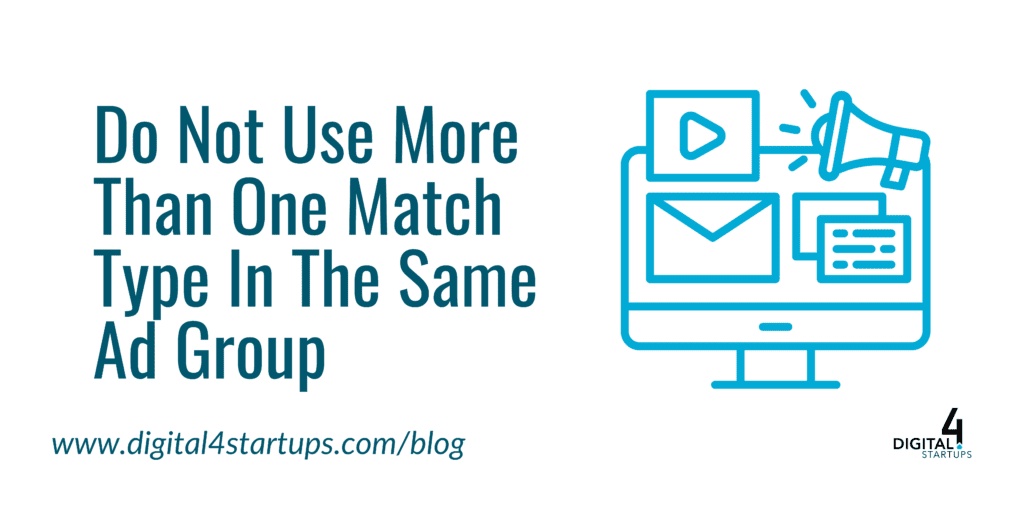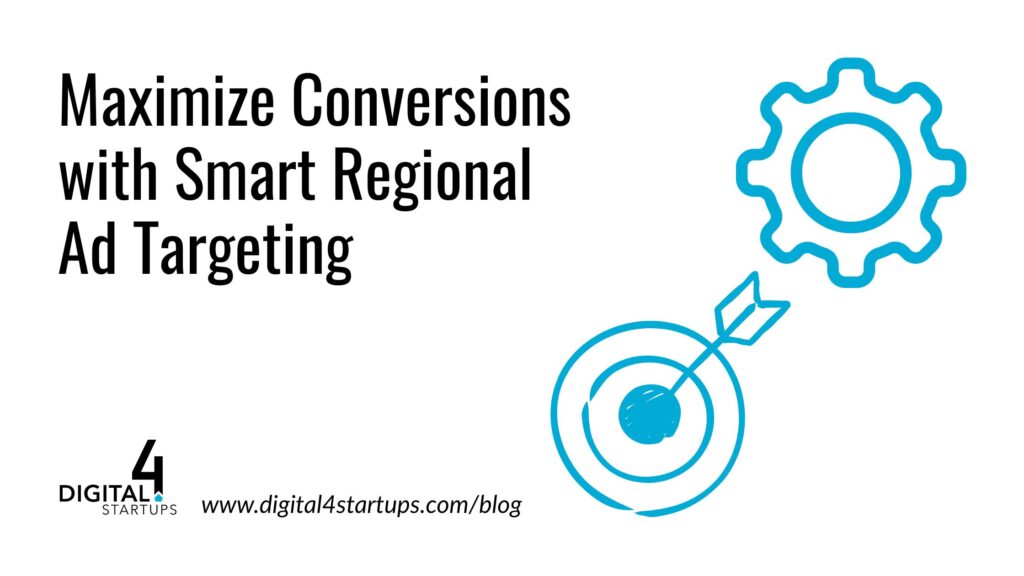Now that we’ve reviewed the different types of keyword match types, let’s discuss how to use them in practice.
To start off, do not use more than one match type in the same ad group. Rather, separate the different match types into different ad groups — one for each match type.
There are several reasons for this best practice:
1. CPCs: Exact Match Costs Less Than Phrase or Broad Match
This is because a big determinant of CPC is quality score, the key component of which is click through rate (CTR). People are more likely to click on an ad that reflects their exact search query than they are to a general ad, leading to higher CTRs and lower CPCs, the optimal combination.
2. Test Match Types to Find the Best Fit for Your Campaign
A keyword you thought might have enough volume to be an exact match term may actually be a low volume keyword. Broad match modifier may be leading your ad to show up for irrelevant search queries. Or it may save your campaign 25% in terms of cost per conversion. You never know unless you test – this is a great way to do that.
3. Ad Relevance: Align with User Search Queries
The more relevant the ad copy is to a user’s search query, the more likely the user is to click on the ad (the higher the CTR, the lower the CPC, the lower the cost per acquisition, the higher the ROI). By separating your match types, you can assure that a user searching for “red shoes” sees an ad specifically about red shoes, whereas a user for red shoes might see a more generally worded ad and be taken to a more general landing page.
Note: This lesson touches on many more advanced and complex topics. Don’t worry – we will discuss these topics in depth moving forward. For now, just remember to separate keywords of different match types into different ad groups as a general rule.



